Historic Period Occupations
Stratum 12: Historic (Anglo) 2
Evidence of Historic Period (Anglo) occupations pertaining to the 19th and early 20th-century began in Stratum 12, which lay on top of the Archaic Compact Red deposit. Black in color and only about 4 inches thick, it was the lower of the two Historic occupation layers.
Although a few Native American artifacts were found, such as a dart point and chipped-stone debris, these were likely intrusive. Most of the artifacts indicated Euro-American presence. Among these were spent firearm casings, including .22 caliber cartridge hulls, 12-gauge shotgun shell base, two percussion caps (pistol size), as well as fragments of two or three Pamplin-type clay pipes. In nearby areas of this region, pipes with similar ridge and groove design have been found at old house sites.
Iron objects were thoroughly rusted, reduced to nothing but oxide. Found was one fragment of a flat mill "bastard" file, wire fragments, round and square nails, a fencing staple, and unidentified pieces of rusted iron and sand.
Stratum 13: Tan Flood Sand
A layer of flood sand separated Strata 12 and 14. Up to 12 inches in thickness, Stratum 13 was sterile for the most part except for a few Historic Period artifacts at the top.
Stratum 14: Historic (Anglo) 1
Stratum 14 was the uppermost Historic Period occupation. Up to 6 inches thick and black in color, it contained a larger assortment of Historic debris than did Stratum 12.
Occupants of Horn Shelter during this time used objects made of green and white glass, probably jars and bottles, along with china tableware, some of it decorated. Among these were fragments of a white ceramic saucer with gold bands around the edge and others with floral decal. Buttons made of bone and shell, and an earthenware toy marble, also were found.
A large number of metal objects were recovered including numerous fragments of wire and nails, a Prince Albert-type pocket tobacco can, cork screw, iron washers, bolts, and the sear and pin from a gun. Brass items include shoe eyelets, a pocketknife bolster, collar button, ferrule, bicycle spoke nuts, and fired cartridge cases. Among the latter were a 12-gauge shotgun shell base, 38-55 WRA Co. centerfire, and forty-seven .22 caliber cases. Three of these are .22 specials. Six others are either .22 long or long rifles. Both cartridges used the same case but a different weight bullet and powder charge. The rest are .22 shorts, except one that lacks a base, making it impossible to determine its length.
Based on a study of firing pin marks (left when the cartridge is fired), at least 14 different rifles or pistols were used to fire these cartridges, excluding the .22 specials and one unfired cartridge. Among the several manufacturers’ headstamps identified, the most common is the "U," used by the Remington Arms Co., and "H," used by Winchester Cartridge Co.
The relatively large number of guns represented in the spent ammunition seems to indicate that Stratum 14 is not the accumulation of a continuous occupation by one family, but rather the result of various camping groups staying for periods of unknown duration. Records from the time, however, also have shown that two families lived in part of Horn Shelter after the turn of the 20th century.
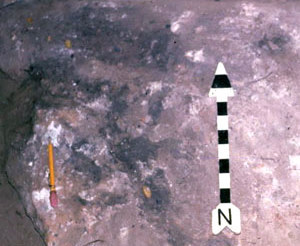
|
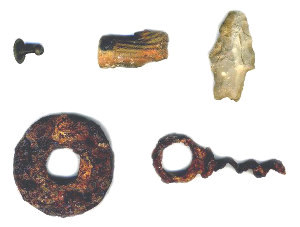
|
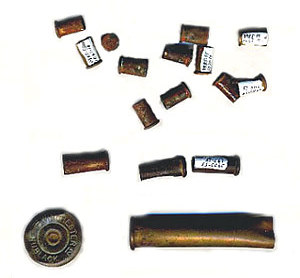
|
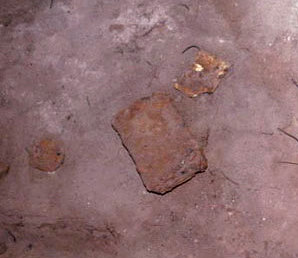
|
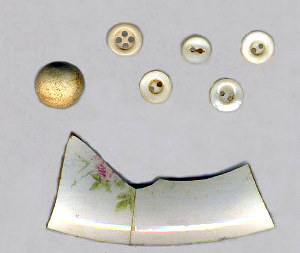
|